The date was May 24, 1883, a date years in the making alongside plenty of engineering accomplishments, drama, tragedy and perseverance. 140 years later, MLH honors the Roebling family accomplishments, as well as John A. Roebling 2nd, that made his home on the Bernardsville Mountain.
As with all Mr. Local History retrospectives, we often update the post when we learn stories and are sent photos from our community. We will continue to expand this piece as information becomes available. If you have any stories to share, please post in the comments section at the end of the piece.
Mr. Local History Project
The Roeblings – Three Generations of Bridge Builders
John A. Roebling II, on May 24, 1883 celebrated the opening on what is recognized today as a work of art connecting Brooklyn to Manhattan. The network of cables, credited to John Roebling and his family lived in Bernardsville, NJ. The 1595 foot span was the longest suspension bridge in the world at the time of completion and coined “the 8th wonder of the world.”
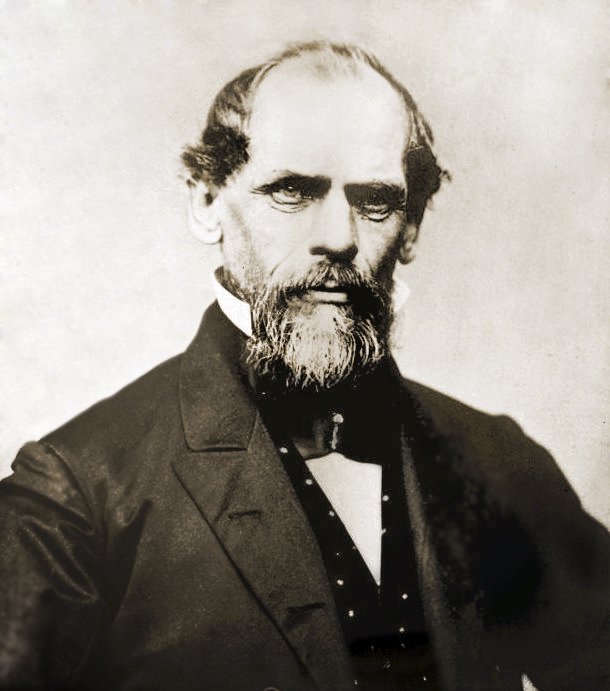
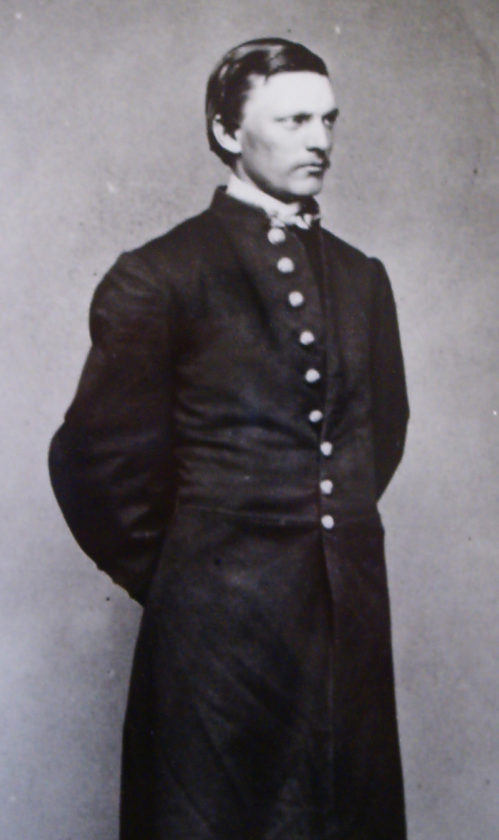
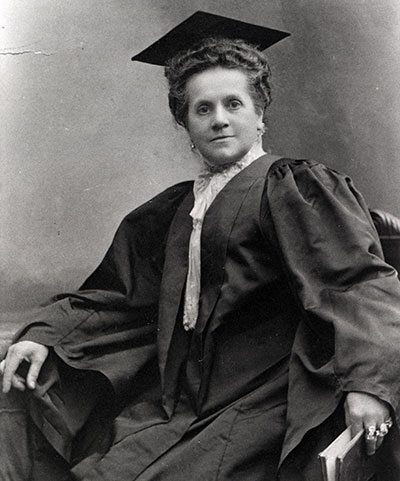
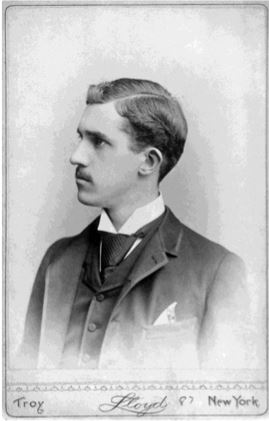

- John Roebling Sr. was a civil engineer known for inventing rope that was made from twisted wire, known today as cable. The Roebling legacy can be seen, directly and indirectly, on many of the world’s great bridges. Roebling invented a cable-spinning method of stringing individual wires that all large-scale suspension bridges have used ever since.
- The Roebling Company would learn from the successes and failures of each bridge project. Says Zink, each engineering achievement builds upon the success and often the failures, or limitations, of its predecessor.
- “Roebling built a bridge in Cincinnati which is now called the John A. Roebling Bridge that opened in 1867 and that spanned 1,060 feet. And so [he] built upon that knowledge and built the Brooklyn Bridge and that spanned 1,600 feet. And then the George Washington Bridge spanned 3,500 feet.”
- The Golden Gate Bridge is 20 percent longer than the George Washington Bridge at 4,200 feet and its towers are 100 feet taller. But it has only two cables compared to the four on the George Washington Bridge.
- Colonel Washington Roebling served the North during the Civil War and was there at the battle of Gettysburg. He would ;ater marry his General’s sister Emily Warren.
- The Colonel had two brothers and they formed the John A. Roebling Sons & Company, known as a wire rope and wire manufacturer.
- John Roebling II would later be a part of the Roebling & Sons business in Trenton, New Jersey. He would choose to live in Bernardsville, New Jersey.
Meet Emily Roebling – The Woman Who REALLY Built the Brooklyn Bridge
The first pedestrian to cross the bridge on May 24, 1883 was Emily Roebling, Washington Roebling’s wife and engineer. Emily spent over decade working to complete the Brooklyn Bridge.
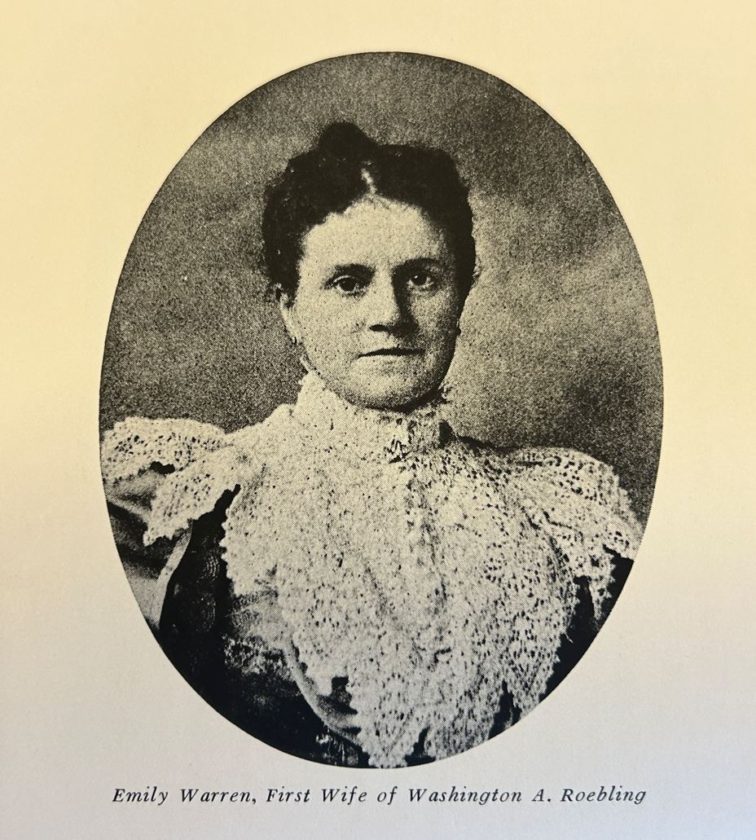
Emily Warren Roebling took over her husband Washington’s responsibilities when he became too ill to finish the project. It was Emily’s father in law John Sr. that died of in 1869 of tetanus, following an accident at the bridge site. Her husband Washington developed caisson disease (decompression disease-the bends), while working to install the bridges’ towers, called caisson foundations.
For the decade that Washington was bed ridden, Emily dedicated over 10 years her time and energy to the completion of her husband’s Brooklyn Bridge. She took over much of the chief engineer duties, including day-to-day supervision and project management.
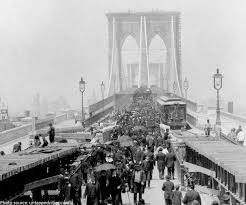
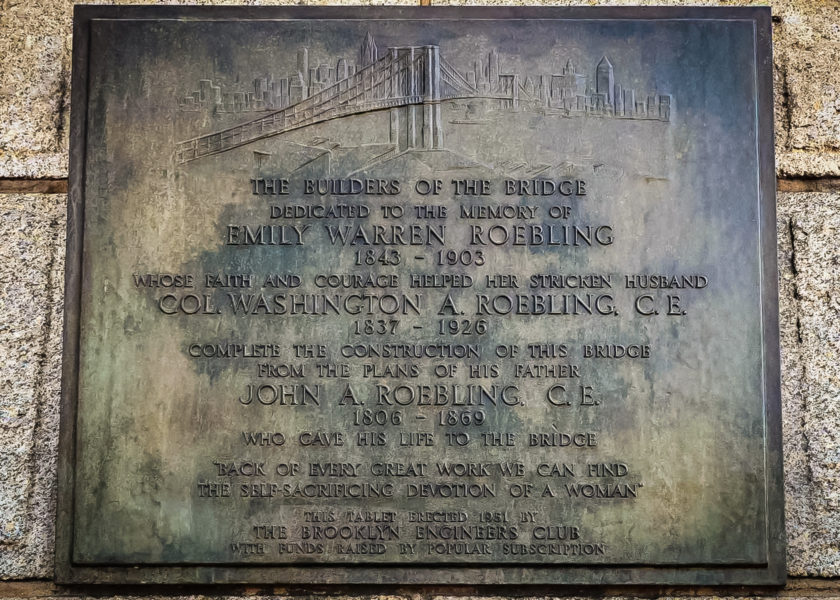
Roeblings and Bernardsville, New Jersey
So we started digging in on what brought the Roeblings to Bernardsville. While we all chuckled, the general answer was why not. We think it went down like this; Roebling II would have been about 37 years old when he and his wife Margaret Shippen McIlvane purchased the Boulderwood estate in 1904. Makes sense. Also in 1904, the Somerset Inn was in all its glory on the Bernardsville Mountain (burned in 1908), welcoming the rich and famous to the “Mountain Colony” for rest and relaxation. They get the bug, find real estate agents offering Edward Leroy’s 147 acre estate is for sale and the rest is history right? Maybe Roebling needed loans to build the Roebling and Sons company in Trenton and had a visit to the mountain to meet Grant Schley, banker on the mountain? Maybe it was his wife Margaret’s heart condition that needed a healing environment of the mountain colony? Maybe he didn’t want to live in Asheville, NC anymore due to the town banning alcohol? ”
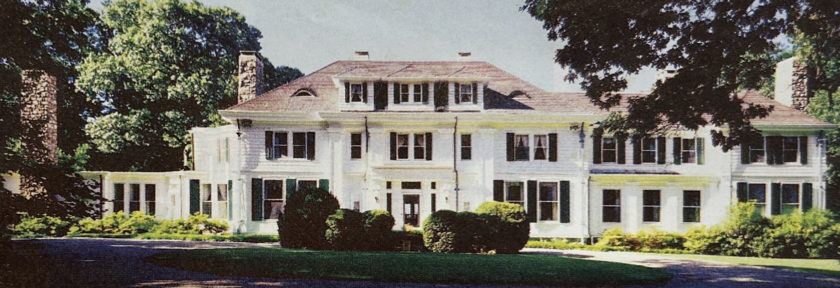
It was written that in December 1907, Roebling donated his Asheville estate to the Episcopal Church in Asheville, and left because the city of Asheville had voted for the prohibition of public sale of alcoholic beverages. He then moved his family to Bernardsville, New Jersey, in the Somerset Hills, where he had purchased the 20 -acre estate, Boulderwood (constructed 1901-1904) in 1908. Boulderwood at first was their summer home, but circumstances changed and became their permanent home where he lived until his death on February 2, 1952, at age 84. That would have made him a Bernardsville resident for over 44 years.
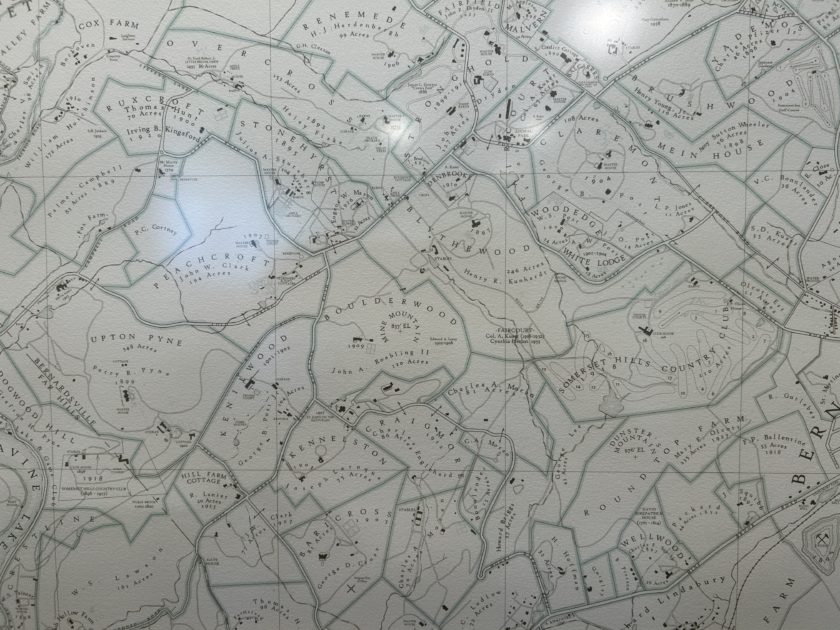
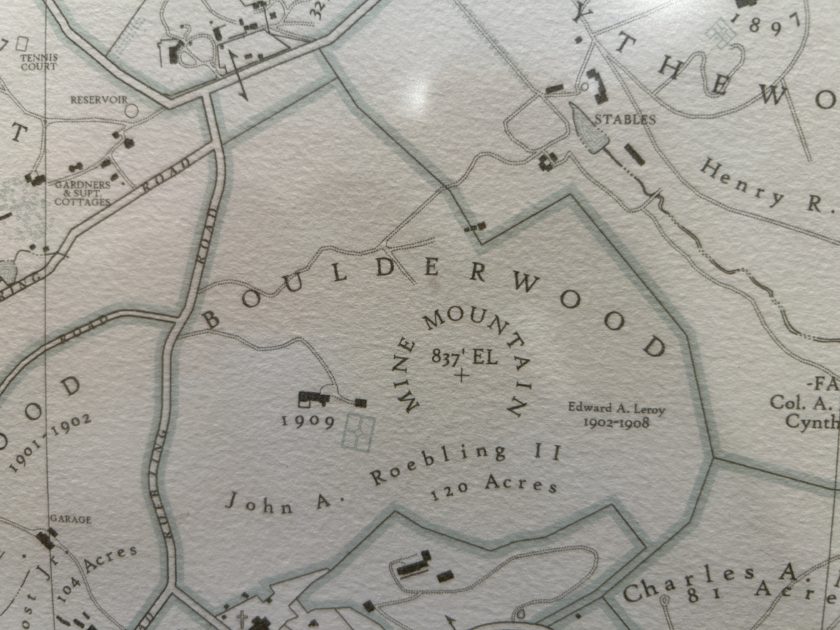
The Roeblings lived in the Boulderwood Estate as part of Bernardsville’s “Mountain Colony”. It was purchased by John Roebling II in 1908, just four years after Edward Leroy had George B. Post complete the mansion which coincidentally was right next door to George Post’s Kenilwood estate. Today, Boulderwood is just off the roads honoring his namesake, Roebling Road, and Boulderwood Drive in Bernardsville NJ.
John would marry Margaret Shippen MacIlanine on Jun 12, 1889 and after moving to Bernardsville in 1908 -1909 were very active with the nearby St. Bernard’s Episcopal Church on the mountain. Margaret was known as the” “mountain colony’s most prominent philanthropist.” She passed in 1930. John II was a big supporter of the local Red Cross, Boy Scouts, Bernardsville Library, churches and hospitals. He also loved gardening and bird watching. Noted as one of his greatest gifts to the community was when Roebling created paying jobs with is own WPA for needy locals during the Great Depression.
Roebling died at his Boulderwood estate in Bernardsville on February 2, 1952. He was survived by his son Donald, and by his second wife, Helen Price, who he had married in 1931. In Roebling’s last will and testament, executed on July 1, 1942, he gave to his widow Helen the Boulderwood residence in Bernardsville, and certain of its furnishings, equipment and livestock. His daughter-in-law received $250,000. The residuary estate was given outright in equal shares to the above-named son, grandson and widow. No children were born with his 2nd wife Helen. Helen died in 1969. She had a daughter Margot Roebling and a sister Marion Price that also lived in Bernardsville.
Helen Price Roebling .............. $4,742,190.09 33.12%
Donald Roebling ................... 4,663,018.09 32.57%
Paul Roebling ..................... 4,663,018.09 32.57%
Mary G. Roebling .................. 250,000.00 1.74%
______________ _______
$14,318,226.27 100.00%
Boulderwood would stay in the family until 1970 when it was sold to a the Dobbs, a local developer and real estate family . The Boulderwood estate sliced into 26 smaller lots in the early 1970s and the original Boulderwood Estate remains today on 14 acres.
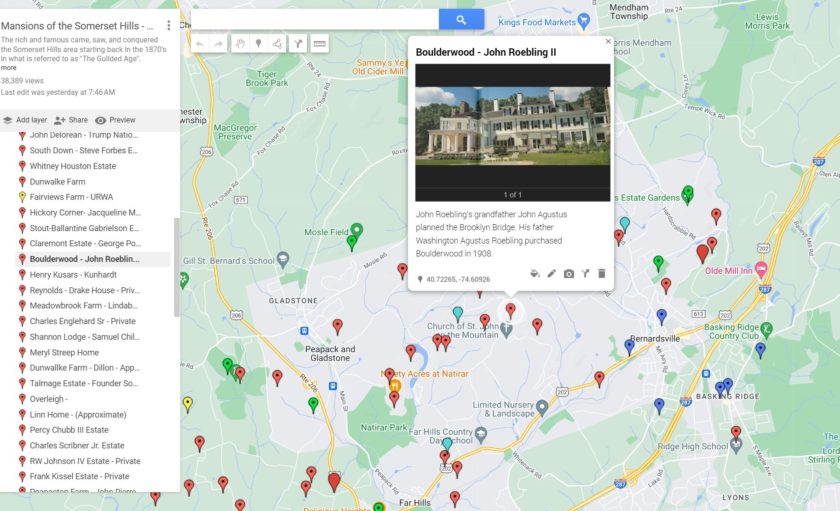
The Roebling family would go on to design and construct just about every suspension bridge across the United States using the infamous Roebling wire rope.
The Roebling family had other bridges they built before the Brooklyn Bridge including those on the Delaware River between New York and Pennsylvania. It was one of four bridges he built as part of the Delaware/Hudson canal system. It opened in 1847, 36 years before the Brooklyn Bridge, and it’s still in service. This so-called Delaware Aqueduct Bridge emerges out of the trees on either side of the river. Its four sections span 535 feet. It’s narrow by today’s standards, but it’s the only river-crossing for fifteen miles in either direction. Its massive piers support the delicate wound cables, and they’re anchored deep in the earth on either side.
Additional Tidbits
1918 – John was appointed Assistant Police Chief when Bernardsville was still part of Bernards Township.
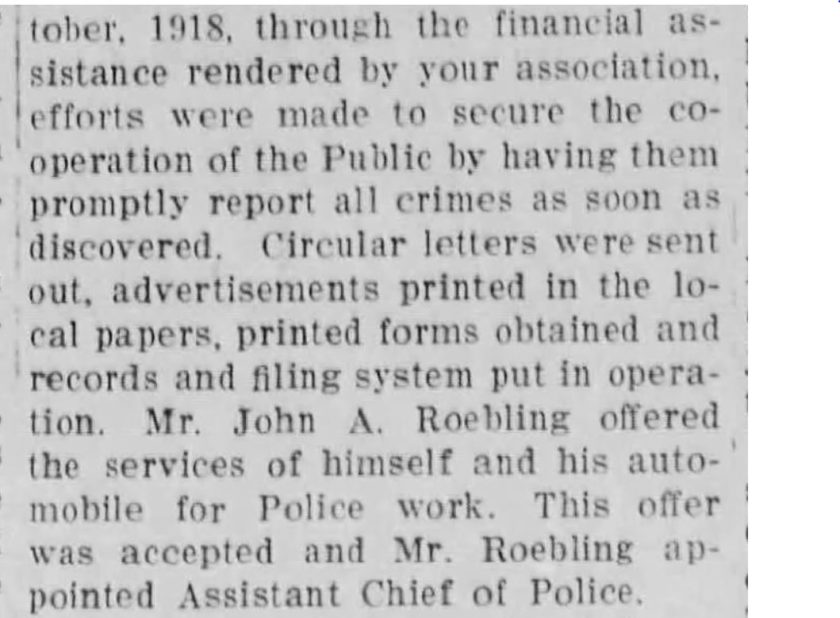
TWO BIGGIES: The Roebling & Sons Company also built the cables for the Golden Gate Bridge which opened to the public on May 27, 1937. Until then, the George Washington Bridge, which opened six years earlier, held the title of having the longest span in the world at 3,500 feet. The span of the Golden Gate Bridge is 4,200 feet.
ROEBLING MUSEUM: the Roebling Museum opened in 2009 and sits on the seven-acre grounds of the former historic steel mill in Roebling, NJ. The museum interprets the seminal engineering innovations of the John A. Roebling’s Sons Company– builders of the Brooklyn Bridge, the Golden Gate Bridge, as well as numerous other bridges including one over Niagara Falls. John Roebling moved his wire rope business from Pennsylvania to Trenton in 1848. By the early 20th century, the family purchased 115 acres for a new steel mill and entire town, including schools, tennis courts and baseball fields, for workers. Although the steel mill is now gone, the town remains nearly unchanged and is one of only a few existing examples of a company town. Read more…..
BIG GIFT: The Roebling mineralogical collection was presented to the Smithsonian by Mr John A Roebling II of Bernardsville NJ in memory of his father, Col. Washington A. Roebling, who died in July, 1926, willing the mineral collection to his son. The Roebling collection contains over 16,000 specimens, including practically every known mineral species. Mr. Roebling also accompanied his gift with an endowment fund of $150,000 for its development.


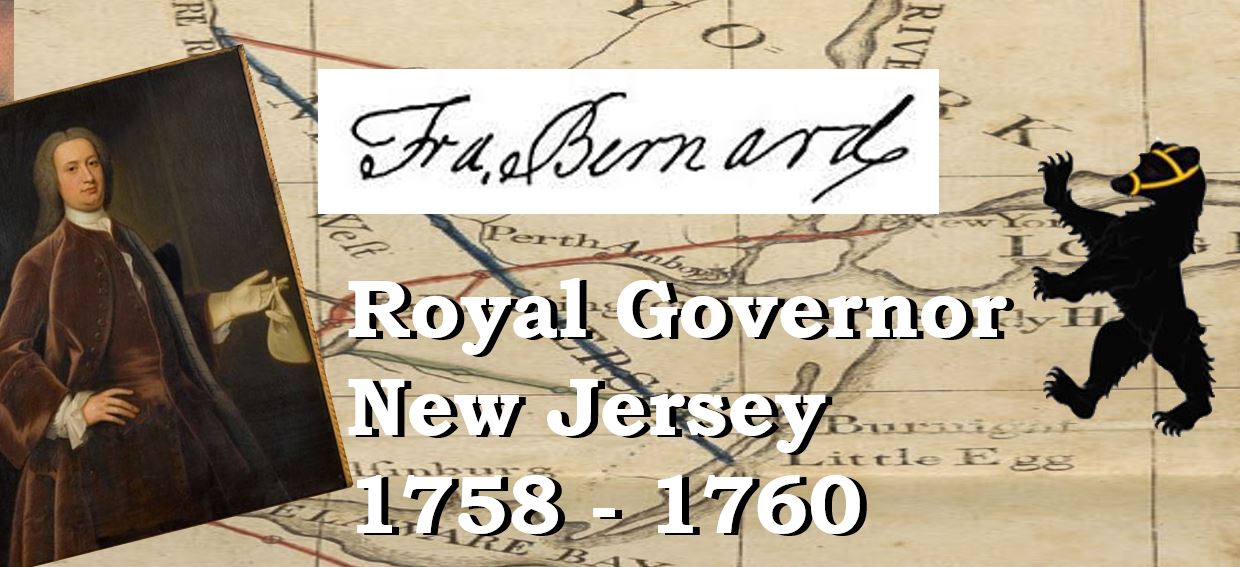

Found this fun reference on FB: For an inspiring picture book telling her story, check out “Secret Engineer: How Emily Roebling Built the Brooklyn Bridge” for ages 5 to 9 at https://www.amightygirl.com/secret-engineer.
For adult readers, Emily Warren Roebling’s story is also told in David McCullough’s “The Great Bridge: The Epic Story of the Building of the Brooklyn Bridge” at https://amzn.to/3sWpy4J
There is also a fantastic historical fiction novel based on her story for adults: “The Engineer’s Wife” at https://www.amightygirl.com/the-engineer-s-wife
Hmmm – maybe the Kusar’s had something to do with Roebling moving to Bville – In 1906, Anthony Kuser and two of his brothers, his twin, John L., and Rudolph, attended the New York Automobile Show held at the iconic Madison Square Garden, designed by architect Stanford White and located on Madison Square from 1890 to 1925. The Kusers and the Roeblings, who also attended the show, were quite taken by the cars hand made by fellow Trentonian William Walter, a Swiss-born manufacturer of confectionery machinery. Several of the Kusers and Roeblings bought Walter’s cars and soon organized and invested in the new Walter Automobile Company, using a partially built brewery building the Kusers owned in Hamilton Township as the new company’s factory. Three years later, Anthony and John Kuser and brothers Ferdinand and Charles Roebling organized the Mercer Automobile Company, as the successor to the Walter firm. The high-quality, lightweight Mercer “Raceabouts” soon put Mercer (which also manufactured touring and other model cars) into the national spotlight after winning a number of important automobile races.
On May 27, 1937, San Francisco’s Golden Gate Bridge was opened to the public for the first time for “Pedestrian Day,” marking the start of the weeklong “Golden Gate Bridge Fiesta” held to celebrate its completion. Thank you Roeblings for all that “Roebling cable.”
Donald Roebling (November 15, 1908–1959) (John and Margaret’s son) was an eccentric twentieth century American philanthropist and inventor. He is most famous for inventing the amtrac in 1937, which he originally intended to be a hurricane rescue device. The United States Navy awarded Roebling a Certificate of Achievement in recognition of “exceptional accomplishment” for his invention, dubbed the Roebling Alligator. In 1948, he received the Medal of Merit from President Harry S. Truman, “for exceptionally meritorious conduct in the performance of outstanding service to the United States.” He was the great-grandson of John A. Roebling and the grandson of Colonel Washington A. Roebling, who respectively designed and built the Brooklyn Bridge.
John R. II, so Dobbs family legend goes, used to walk down from Boulderwood to my grandfather’s (Joe Dobbs) office on Dayton St. and sit and chat with him. When strolling his estate he would sometimes wear a fedora hat with the top cut out and a little pie tin put in it’s place. The birds would come down and eat bird seed out of it. And it’s said that when folks came to picnic on his estate, if he was nearby that he’d pick up and move away so they could enjoy their picnic in peace.
My brother Steve says that Grandpa was the business agent for the Roeblings, and with my cousin Joe Jr’s involvement in the break up and sale of the estate there may be some truth to that.
As a young boy the first time I ever remember seeing a peacock I was on the back roof of the Roebling place and one spotted me up there and let out a scream. I remember I dropped my hammer and thought a woman was screaming. All of Dad’s carpenters there got a good laugh and told me that the peacocks were the estate security system. They’d let out a shriek if they didn’t know you.
I have no insight into why Roeblings came to Bernardsville that I can recall. My dad (Harold Dobbs) might have known, but he’s been gone since 2001. There were a lot of questions I would like to ask him about the business and his role in the area, but never got to take that ride around the Hills with him and a camcorder. 🙁 All the business records were tossed when Dad shut down the business (Dobbs Builders and Harold J. Dobbs, Inc.) in the late 70’s.
You might look up my cousin W. Barry Thomson, he’s done a lot of research on the local estates and something might have turned up that didn’t make it into one of the books.
I haven’t researched any of that history beyond my own recollections, but there they are for better or worse. 🙂
The family telegraph is humming 🙂 I got an email from my cousin, Marcia Dobbs Hanle, and she said, “I have a book, The Builders of the Bridge, by D. B. Steinman, copyrights 1945, 1950, which has a business-size card that says, “Mrs. John A. Roebling, Boulderwood, Bernardsville, New Jersey” paperclip to it. On the title page, she wrote, “Ellsworth Dobbs, Builder of Houses, from Helen Price Roebling, October 9, 1956.”
Her grandfather was my dad’s brother, Ellsworth Dobbs. She hasn’t read the book yet but said she’d like to. Apparently it’s got some history in it that might bear on this question of “why Bernardsville?” I’ll keep you posted.
We believe Mr. Roebling also donated fire trucks to the Bernardsville FD as well as the PD’s first police cruiser.
Fascinating story. I wonder if anyone has any information on a Robert (Robbie) Roebling. I sat next to him in first or second grade at the then elementary “Nassau Street” school in Princeton, NJ. This would have been around 1956-57 or so. We also took a class trip to the Roebling estate, and I don’t know whether that was in Bernardsville, or somewhere else. It would have been about a 40min. bus ride from Princeton. I do recall the structure and grounds being impressive even to a 6-7 year old. Robbie might have been either the son or grandson of Donald.
I think 40 minutes from Bernardsville to Princeton in those days might have worked. Much less traffic than these days.
I never knew a Robert Roebling, but it’s possible he was a relative of some sort. The estate was still functioning in those days, so that would fit.
Thanks for sharing another thread to the story. 🙂